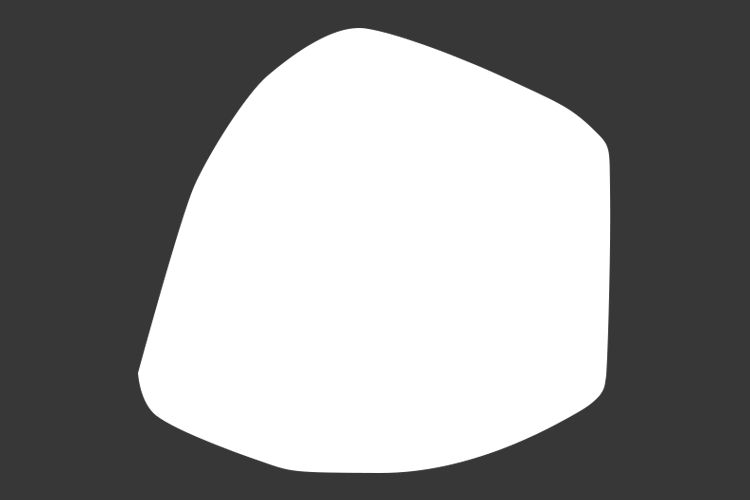Scheda punto di interesse
DESCRIPTION
Various stretches of mighty substructures are still preserved along the Furlo Gorge, built in large part in the context of a broader project of reorganization of the Flaminia, dating back to the Augustan age. Looking at the plan of the Furlo area where the tunnel was opened at the time of Vespasian, you can see the traces of the second intervention that, in chronological order, has been implemented here, in the Augustan period, to make the Flaminia viable in the most difficult point for crossing the harsh gorge. The terrace wall is entirely elevated and in fairly good condition for two-thirds of its development starting from the west, while the east end is just preserved at the base, and only for some rows. This sturdy support structure ensured the viability of the consular road, although at that time restored with a tighter width than the original. It was a major intervention, that solved the serious problem of traffic determined by the failure of a rock ridge, which was implemented in a place where the stability of the cliff appeared precarious, as, partly, today.
The substructure rests on a step formed on the cliff slope, going down steep for several tens of meters up to the narrow bed of the Candigliano River. The wall is located in the most favorable point of the cliff in order to obtain the widest viable street, excluding any other technical solution because not feasible at those times.
The overhang of the road has been obtained through an artificial terrace formed in part by a filling and for the rest by compact masonry, which, at the top, presents a width of about two meters. The terrace is made, in façade, by local carnelian blocks processed into cubes and placed without mortar in low horizontal rows, bound together by iron clamps, while the inner part is formed "by a guard wall made of lime". The presence of the dual structure, firmly linked together, contributes in making the work very solid, which, at the same time, shows a decent appearance, like other contemporary similar structures.
It can finally be noted that this complex of terracing walls is particularly important even if considered in the context of the road system. Comparisons with other monumental structures in opus quadratum can be done in places difficult to be crossed along the main consular roads, such as Via Appia in Terracina, Via Salaria along the valley of the Tronto and the way of Valle d'Aosta at Bard.








